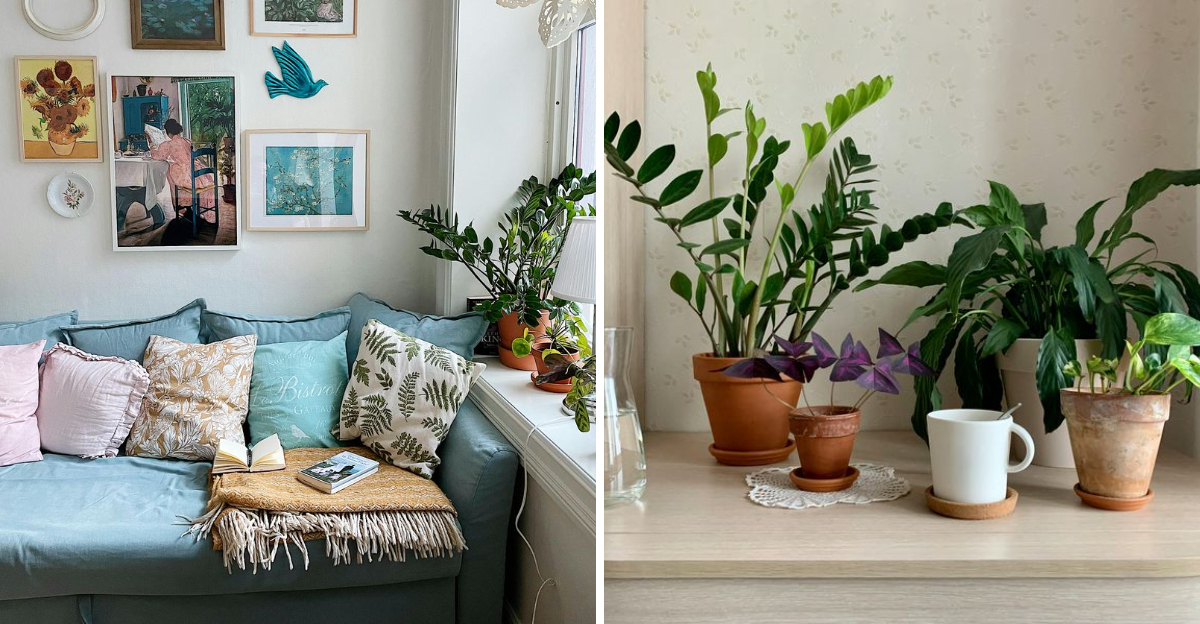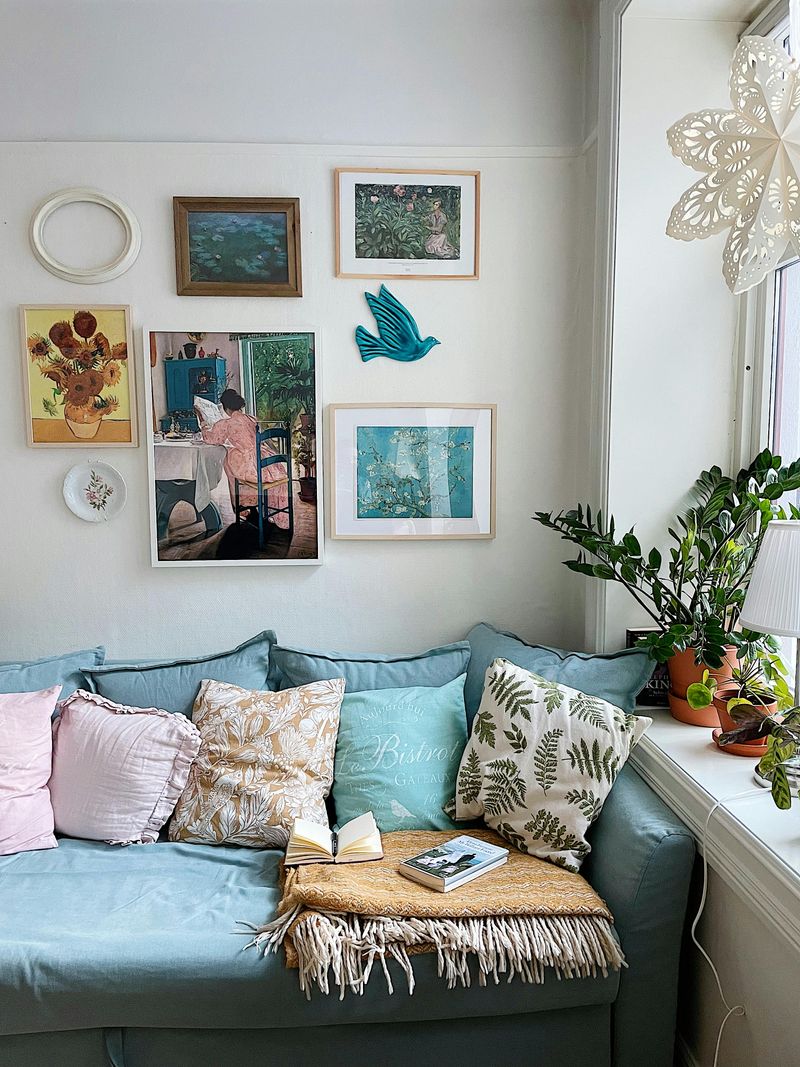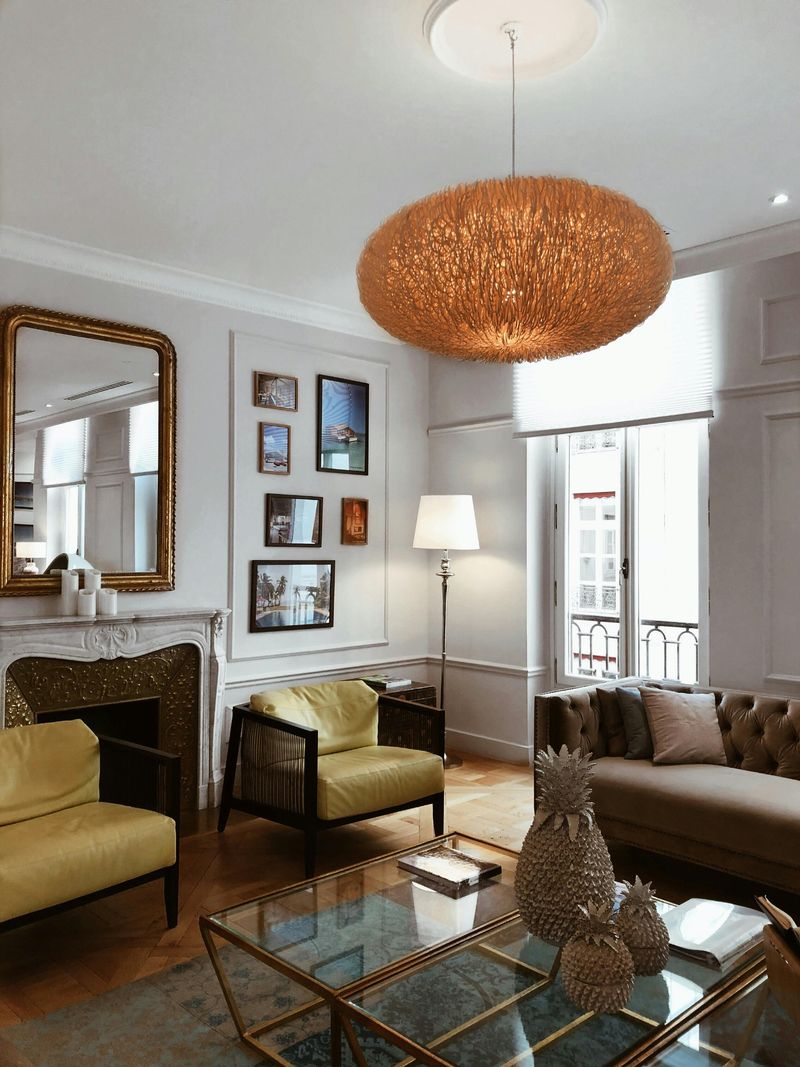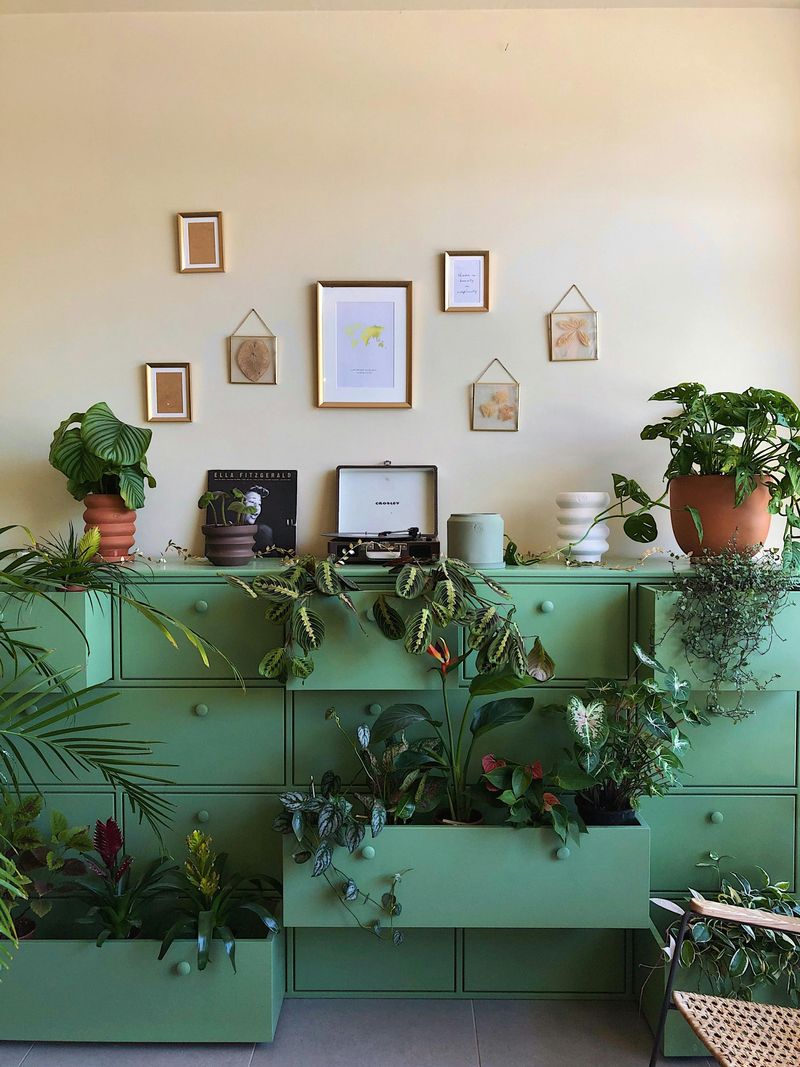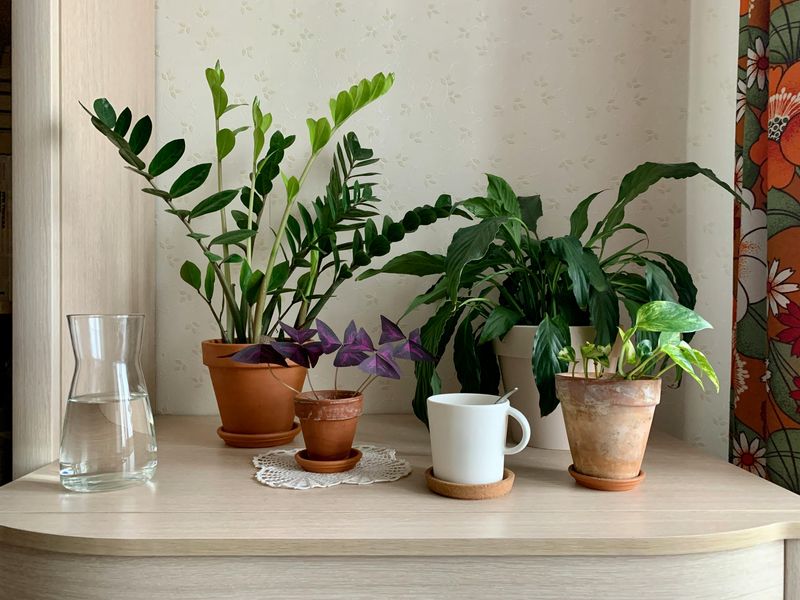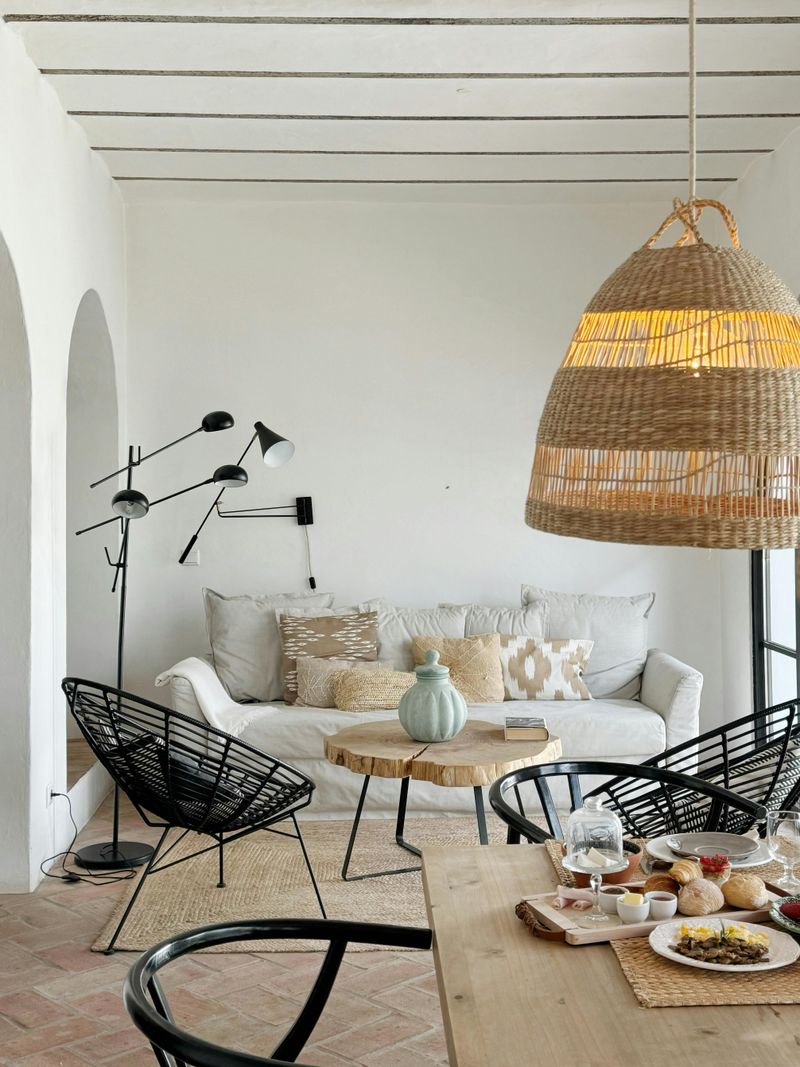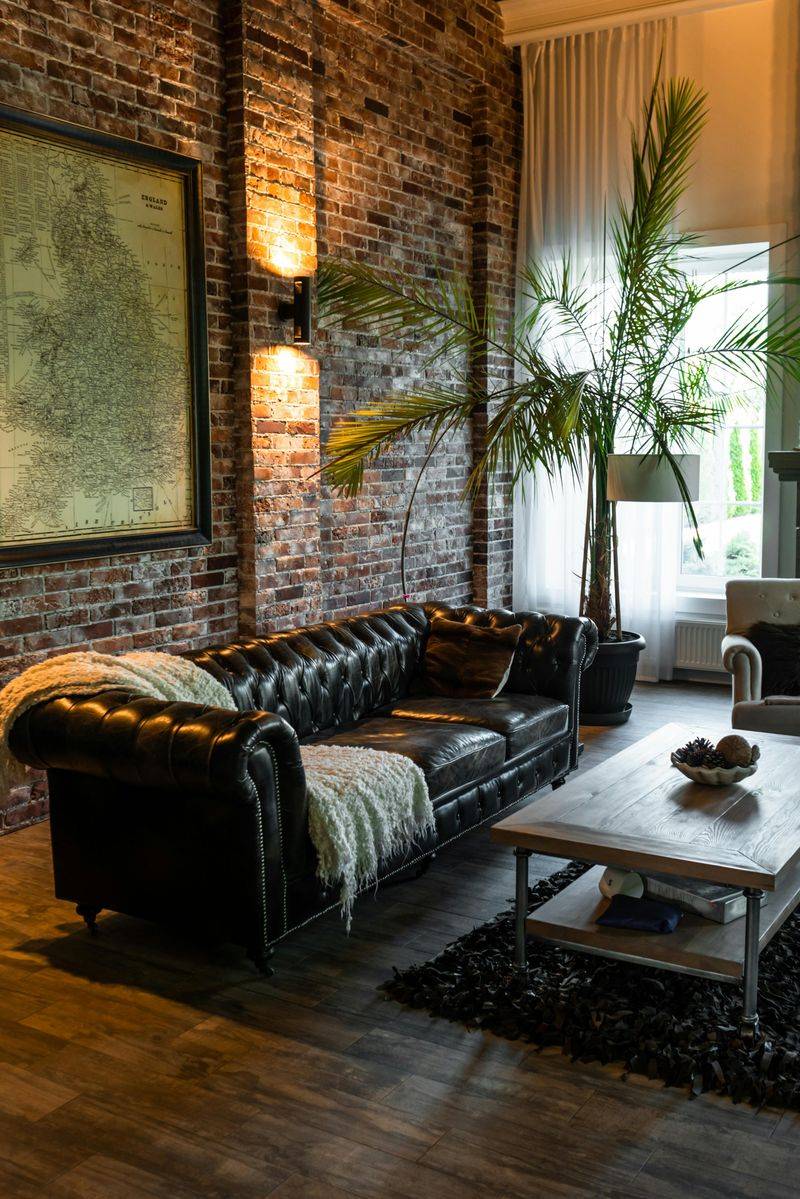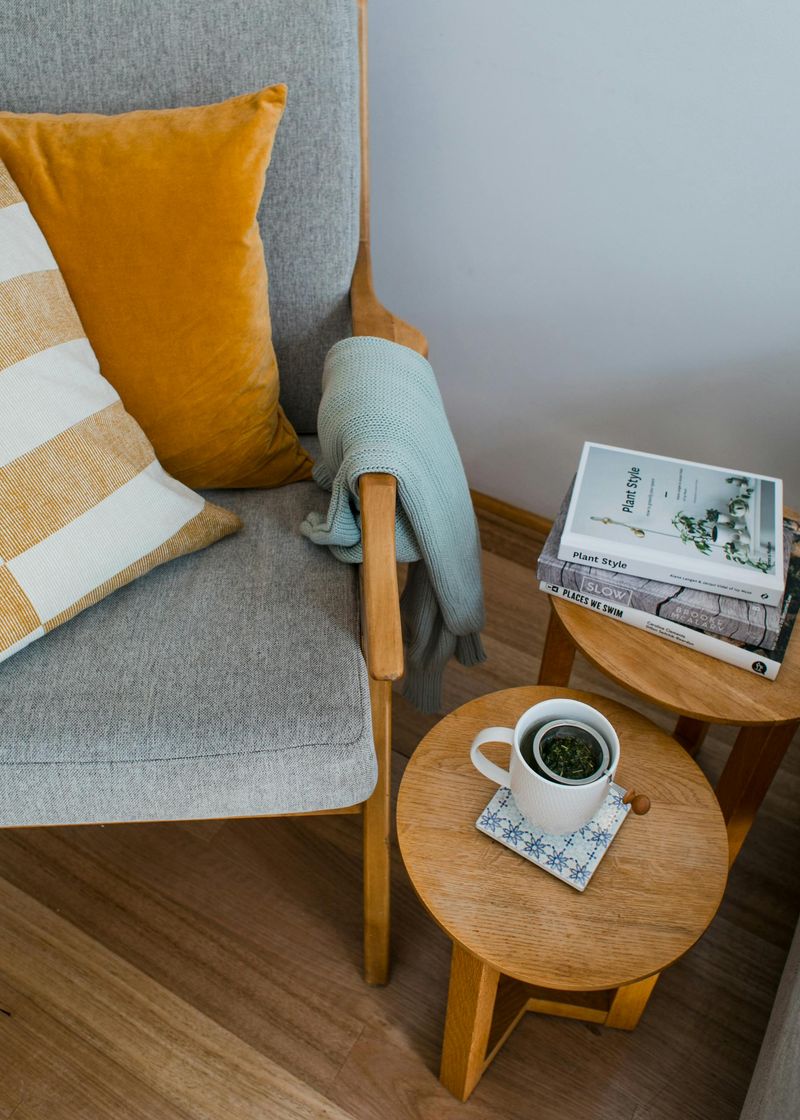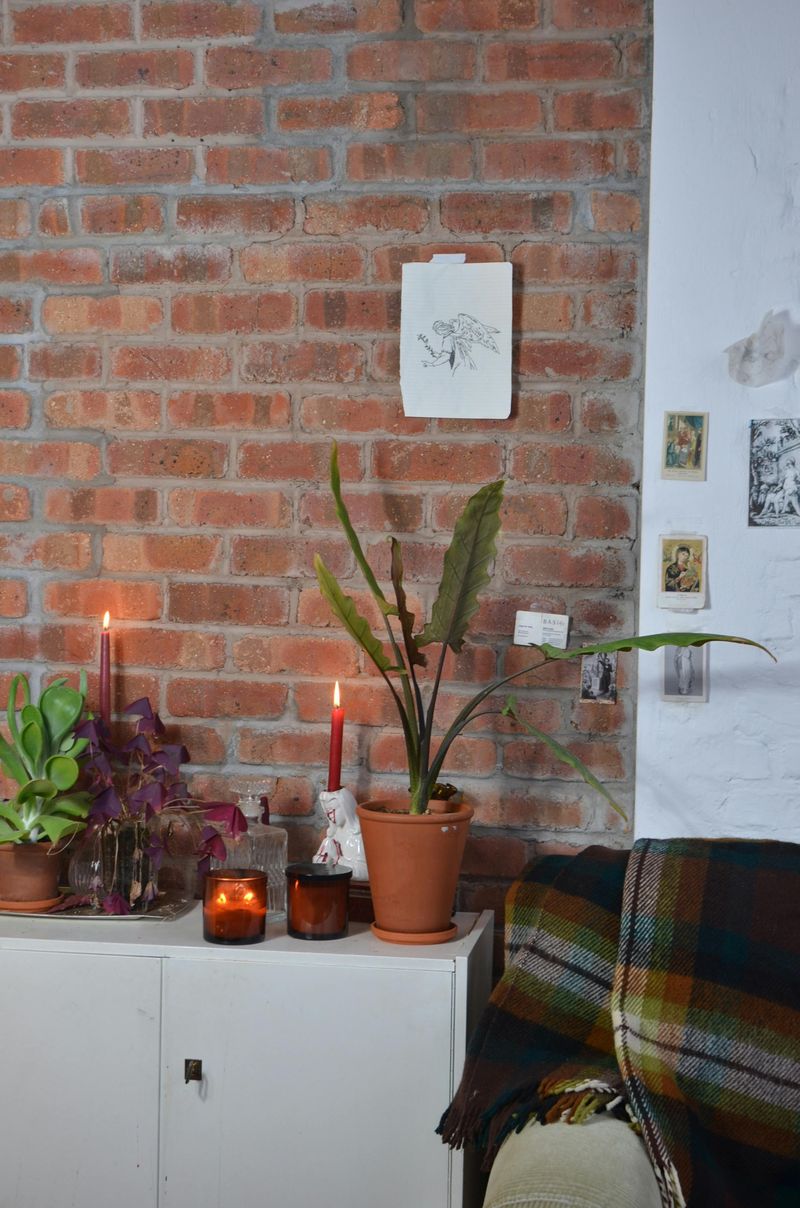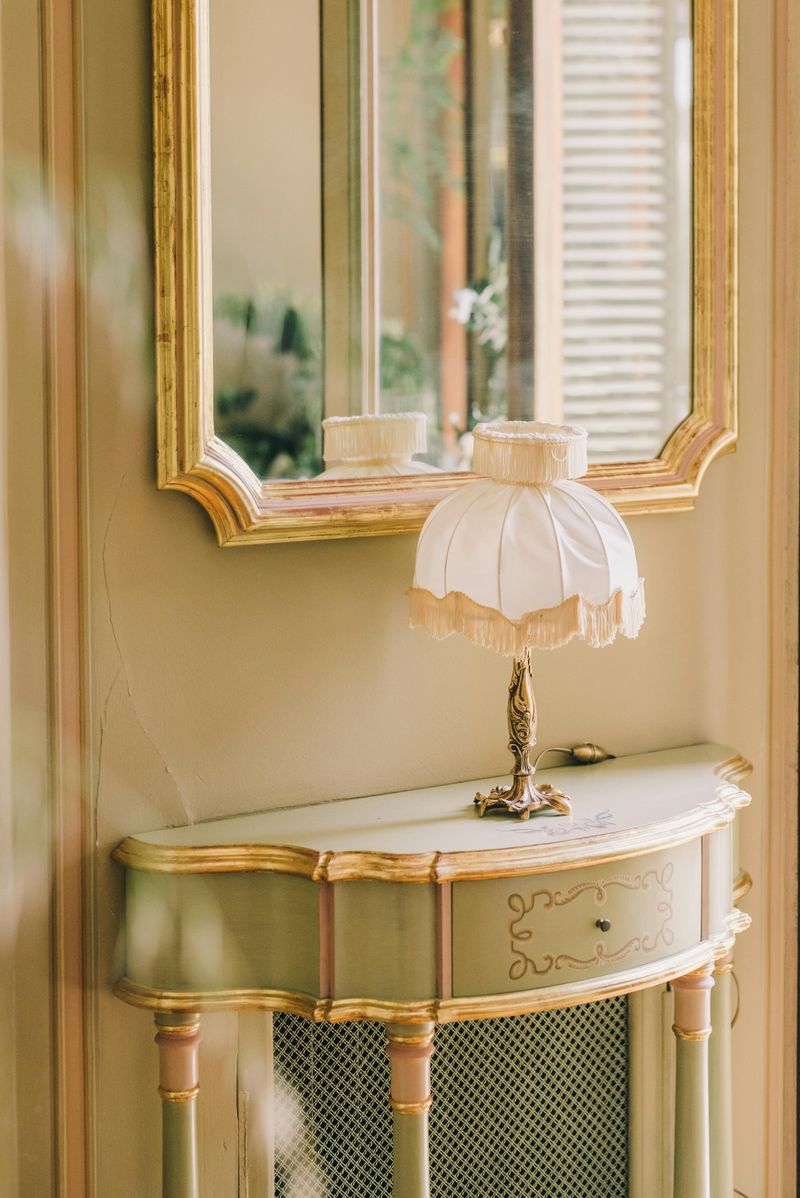We all dream of a living room that wraps us in comfort after a long day. Transforming a bland space into a cozy sanctuary doesn’t require a huge budget or professional help. With a few simple changes, you can create a warm, inviting area that reflects your personality and makes everyone feel at home. These practical tips will help you transform your living room from basic to beautifully cozy.
1. Layer Soft Textiles
Nothing says ‘comfort’ quite like an abundance of soft materials throughout your space. Drape chunky knit throws over armrests or tuck them into baskets for easy access. Mix pillow sizes, shapes, and textures on your sofa – think velvet, cotton, and faux fur.
An area rug instantly warms up hardwood or tile floors, even when layered over carpet. Look for high-pile options that feel luxurious underfoot. Remember that textiles aren’t just decorative; they provide practical warmth during chilly evenings and create acoustic softness that dampens harsh sounds.
Seasonal rotation keeps things fresh – lighter linens for summer, heavier wools for winter.
2. Use Warm Lighting
Harsh overhead lighting can make even the most stylish room feel like a doctor’s office. Scatter several light sources around your space instead of relying on a single ceiling fixture. Table lamps with fabric shades cast a gentle glow that flatters everything and everyone.
Floor lamps provide targeted illumination for reading nooks, while string lights draped along shelves or windows add magical ambiance. Consider smart bulbs that allow you to adjust color temperature – warmer yellows in the evening promote relaxation, while cooler whites work better for daytime activities.
Candles (real or flameless) create dancing shadows that instantly make a room feel intimate and special.
3. Add Personal Touches
Your home should tell your story. Family photos in varied frames create a gallery wall that sparks joy every time you see it. Souvenirs from travels – that pottery from Mexico or textile from India – become conversation starters while reminding you of special memories.
Artwork doesn’t need to be expensive to be meaningful. Children’s creations, your own attempts at painting, or affordable prints that speak to you add personality. Books displayed on coffee tables or shelves reveal your interests while adding color and texture.
Handmade items carry special energy – whether crafted by you, gifted by friends, or purchased from local artisans.
4. Incorporate Natural Elements
Bringing the outdoors inside creates an instant connection to nature that helps us feel grounded and peaceful. Houseplants purify air while adding life and movement – try low-maintenance varieties like snake plants or pothos if you lack a green thumb. Fresh flowers, even a simple grocery store bouquet, add color and fragrance.
Wooden accents introduce warmth through natural grain patterns. Consider a driftwood coffee table, bamboo blinds, or wicker baskets. Stone elements like marble coasters or river rock paperweights add textural interest and earthiness.
Natural materials also engage our senses through their varied textures – smooth, rough, polished – creating a multisensory experience that synthetic materials rarely achieve.
5. Choose a Soothing Color Palette
Colors profoundly affect our mood and energy. Start with a neutral base – warm grays, soft whites, or gentle taupes – that creates a peaceful foundation. These versatile shades work with everything and never feel overwhelming.
Accent with muted versions of colors you love. Dusty blues, soft terracottas, sage greens, and mellow mustards add personality without shouting. The key is consistency – pull your accent colors through different elements like artwork, pillows, and small accessories for a cohesive feel.
Remember that darker colors advance (appearing closer) while lighter ones recede, allowing you to visually reshape your space. Paint is the most affordable way to dramatically transform a room’s entire mood.
6. Mix Patterns and Textures
Visual interest comes from contrast and variety. Combine different fabric types – perhaps a leather sofa with linen pillows and a wool throw. The juxtaposition makes each texture more noticeable and appealing. Varying sheens also creates depth – matte walls alongside glossy photo frames or metallic accents.
When mixing patterns, follow the rule of three: vary the scale (large, medium, small) while keeping colors complementary. A large floral might pair with medium-sized stripes and small polka dots in coordinating hues. Natural patterns like wood grain, marble swirls, or woven rattan add subtle complexity.
Don’t forget about dimensional textures – tufted upholstery, knobby textiles, or carved woodwork that creates shadows and invites touch.
7. Create Cozy Corners
Every living room should feature at least one irresistible nook that beckons you to sit and stay awhile. Position a comfortable armchair near natural light with a view outside if possible. Add a small side table within arm’s reach for drinks, books, or devices.
Layer in comfort with a soft throw, a lumbar pillow for back support, and perhaps a pouf or ottoman to elevate tired feet. Proper lighting is crucial – an adjustable reading lamp that directs light over your shoulder prevents eye strain during evening reading sessions.
Consider what activities you enjoy most – reading, knitting, playing guitar – and ensure your corner contains everything needed for those pursuits. These dedicated spaces encourage regular moments of relaxation and self-care.
8. Declutter and Organize
A truly relaxing space allows your eyes – and mind – to rest. Start by keeping only what you use regularly or genuinely love. Hidden storage solutions like ottomans with lift-up tops, baskets tucked under console tables, or floating shelves keep necessities accessible without visual chaos.
Establish a quick daily reset routine – perhaps before bedtime – where everyone returns items to their proper homes. This simple habit prevents buildup and maintains serenity. Consider the flow of your space too; clear pathways between seating areas create a sense of openness even in smaller rooms.
9. Add Scent and Sound
Our sense of smell triggers powerful emotional responses and memories. Scented candles, essential oil diffusers, or potpourri can establish different moods – lavender for relaxation, citrus for energy, cinnamon for warmth. Vary scents seasonally to keep your space feeling fresh and appropriate.
Sound dramatically shapes atmosphere too. A small Bluetooth speaker allows you to fill your room with music that matches your desired vibe. Nature sounds like rainfall or crackling fire recordings create instant coziness. For some, the gentle tick of a traditional clock offers a comforting rhythm.
Consider acoustic elements like heavy curtains, rugs, and upholstered furniture that absorb echo and create a soft soundscape where conversations flow easily without competing with harsh reverberations.
10. Invest in a Statement Piece
One extraordinary item can elevate an entire room from ordinary to remarkable. Perhaps a vintage Persian rug with rich colors that anchor your color scheme, or an unusual coffee table that sparks conversation – like one made from reclaimed wood or an old trunk.
Art makes powerful statements too – an oversized canvas, a striking sculpture, or even a dramatic mirror that reflects light and visually expands your space. Quality window treatments frame views and add architectural interest through texture, pattern, or unexpected materials.
When choosing your statement piece, follow your genuine enthusiasm rather than trends. The most successful focal points are those that bring you personal joy while naturally drawing attention through their beauty, uniqueness, or meaningful connection to your life.
